Author: Alvin Bangayan
-
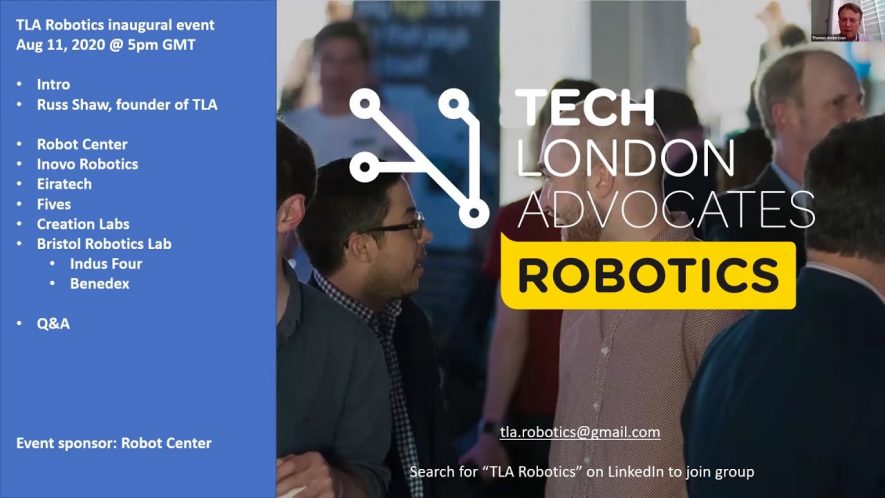
Tech London Advocates Robotics – Inaugural
Hi, guys! Philip English from philipenglish.com and today we have an interview with the Tech London Advocates team, who are telling us about a mixture of Robots. Thomas Andersson: (00:00)Hello and welcome to the inaugural TLA robotics events. My name is Thomas Anderson and I am one of the four group leaders in TLA Robotics.…
-
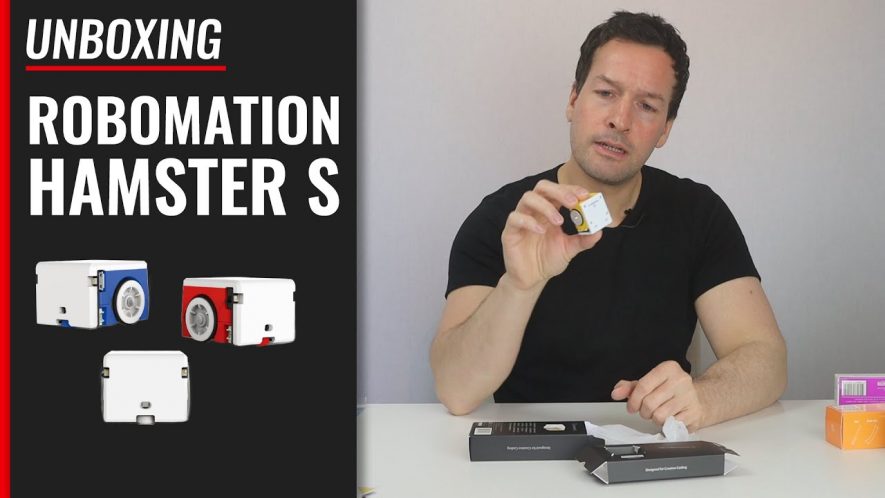
Robomation Unboxing
Hi guys Philip English this from robophil.com. We’ve got a bit of an unboxing for you today for Robomation. Philip English: So we have got in the hamster kit, a turtle kit and some card games. And this is basically for kids, really! This is for kids training them, how to do their coding and…
-
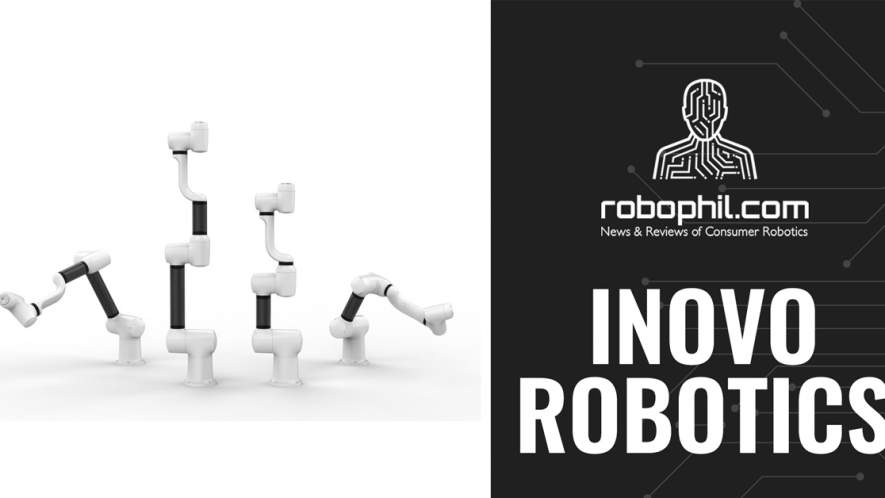
Inovo Robotics
Hi, guys! Philip English from RoboPhil.com and today we have an interview with Henry Wood, who are telling us about Inovo Robotics. Philip English– So hi guys, it’s Philip English and Robo Phil. And we’ve got another interview today. Uh, we’ve got, uh, Henry Woods and, um, I’ve got some interesting robots to show us.…
-
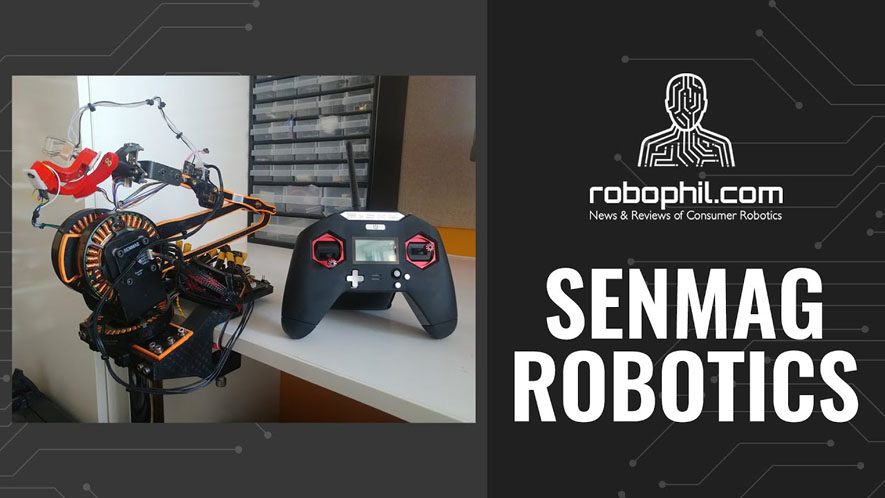
Senmag Robotics
Hi, guys! Philip English from RoboPhil.com and today we have an interview with the guys from Senmag Robotics, who are telling us about their robots.
-
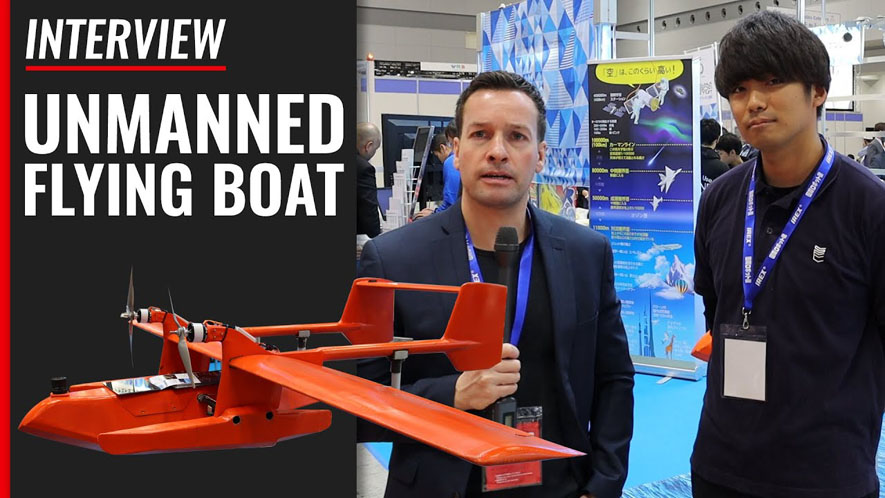
Unmanned Flying Boat
Hi, guys! Philip English from RoboPhil.com and today we have an interview with the guys from Space Entertainment Laboratory, who are telling us about their Unmanned Flying Boat.
-
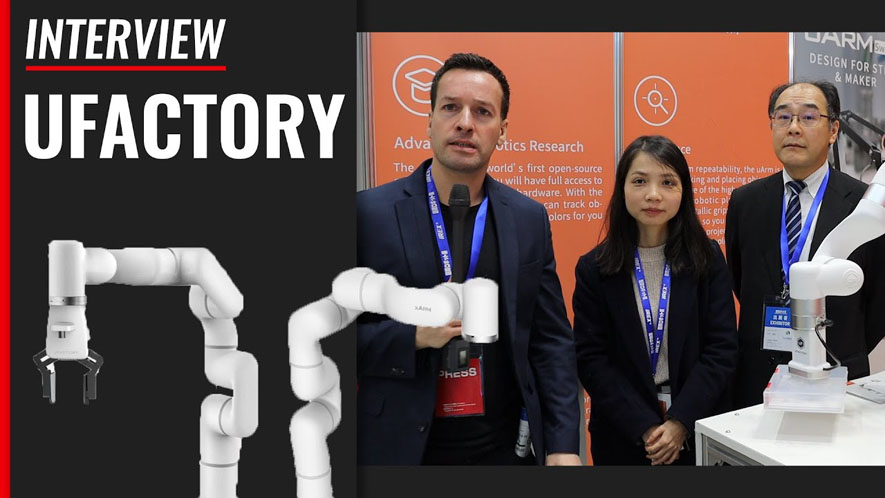
-
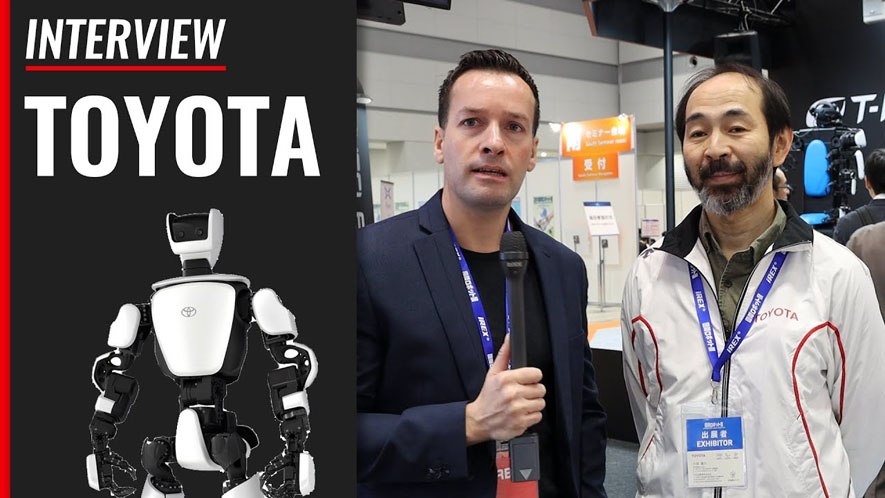
Toyota Partner Robots
Hi, guys! Philip English from RoboPhil.com and today we have an interview with the guys from Toyota, who are telling us about their Partner Robots.
-
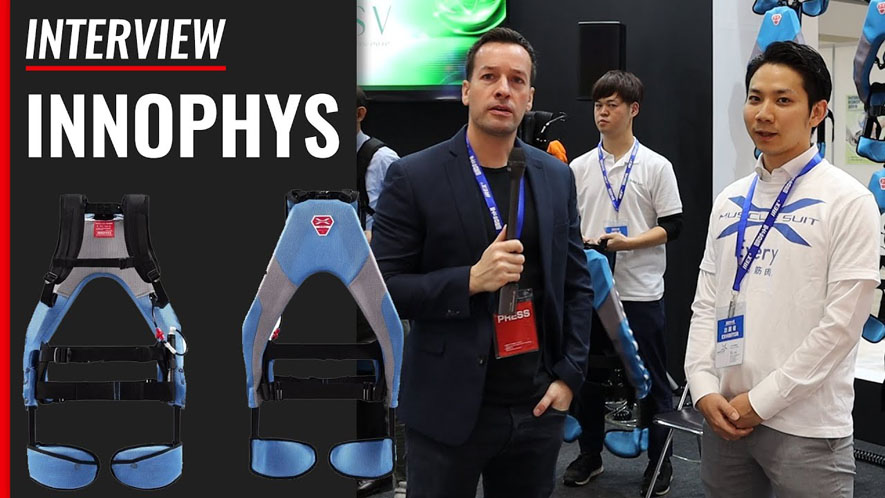
The Muscle Suit by Innophys
Hi, guys! Philip English from RoboPhil.com and today we have an interview with the guys from Innophys, who are telling us about their Muscle Suit.
-
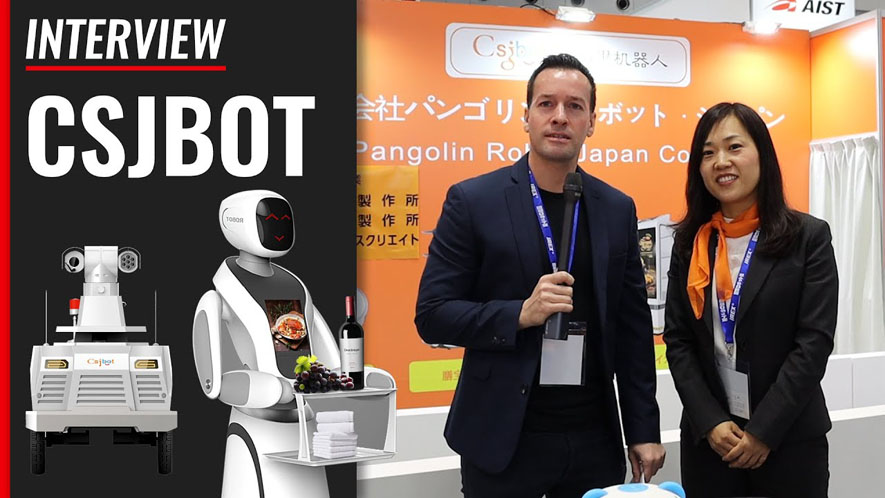
Suzhou Pangolin Robot
Hi, guys! Philip English from RoboPhil.com and today we have an interview with the guys from Suzhou Pangolin Robot, who are telling us about CSJBOT. Philip English: Hi guys, 2019 [inaudible 00:00:02] show, it’s Philip English. I’m just going around each stand and just doing a quick interview, just getting to know all the latest…
-
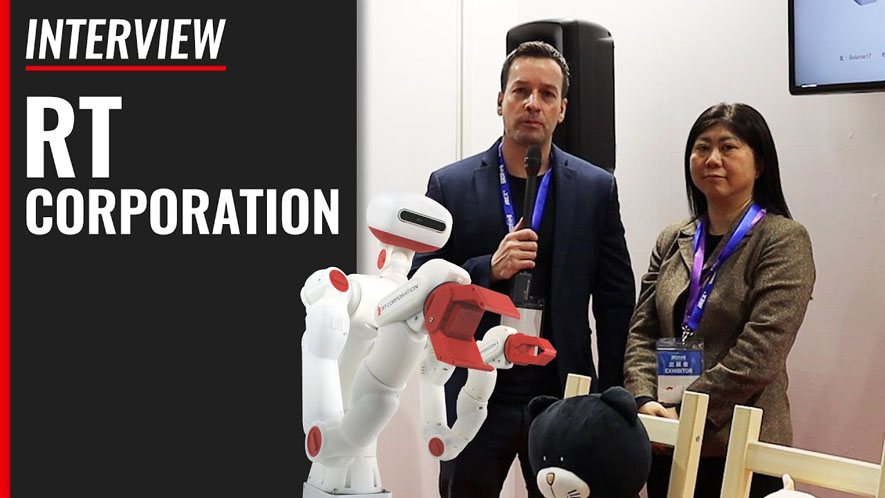
RT Corporation
Hi, guys! Philip English from RoboPhil.com and today we have an interview with Yuki Nakagawa, who are telling us about their robots.